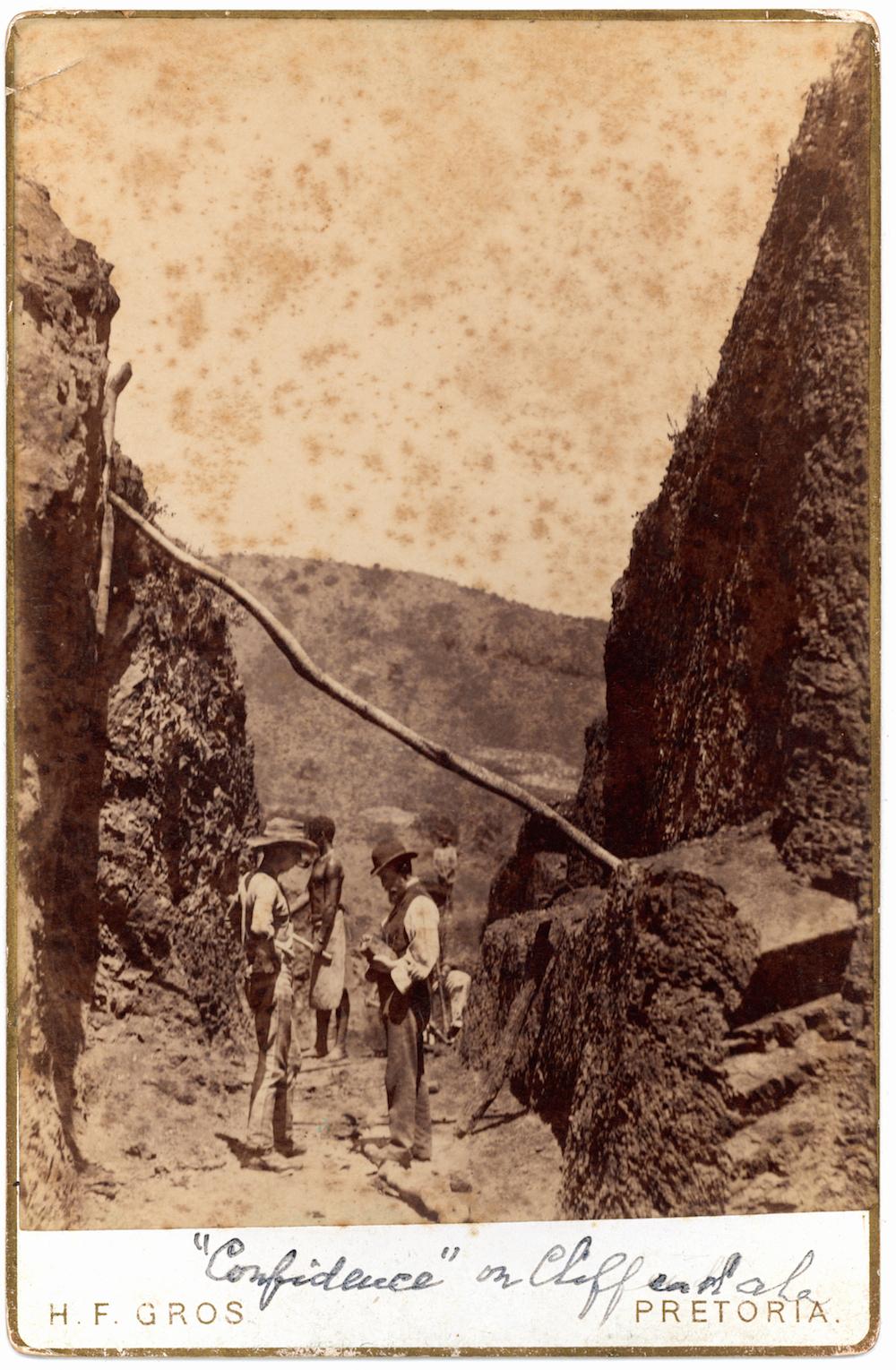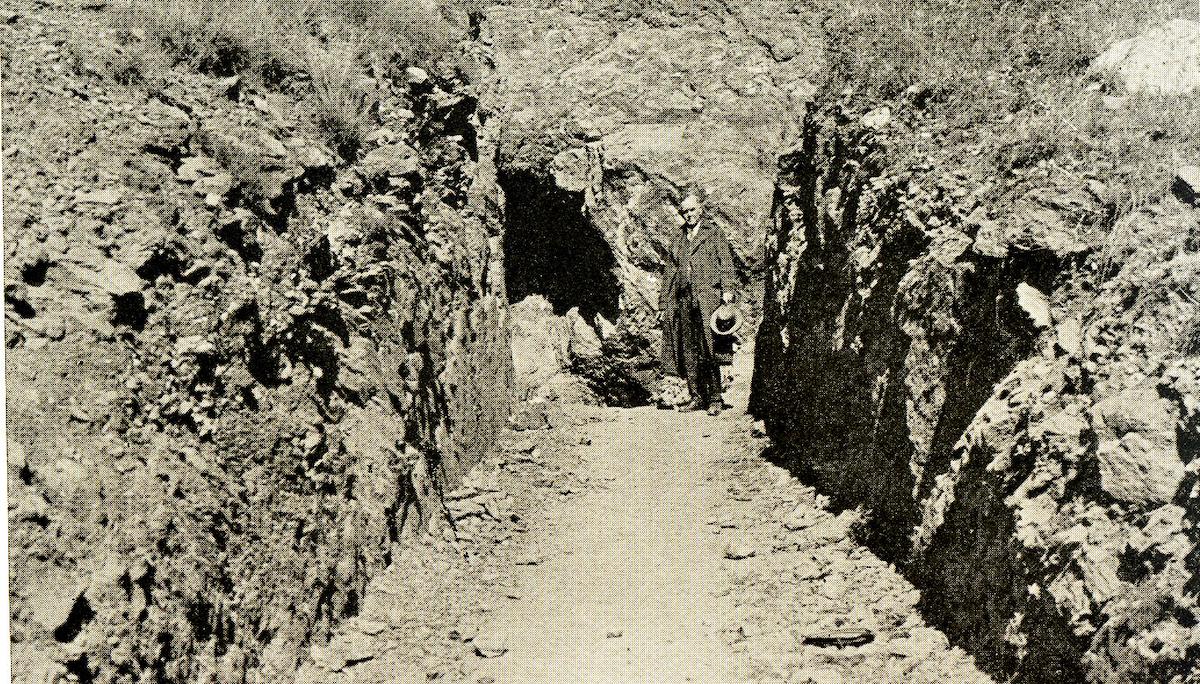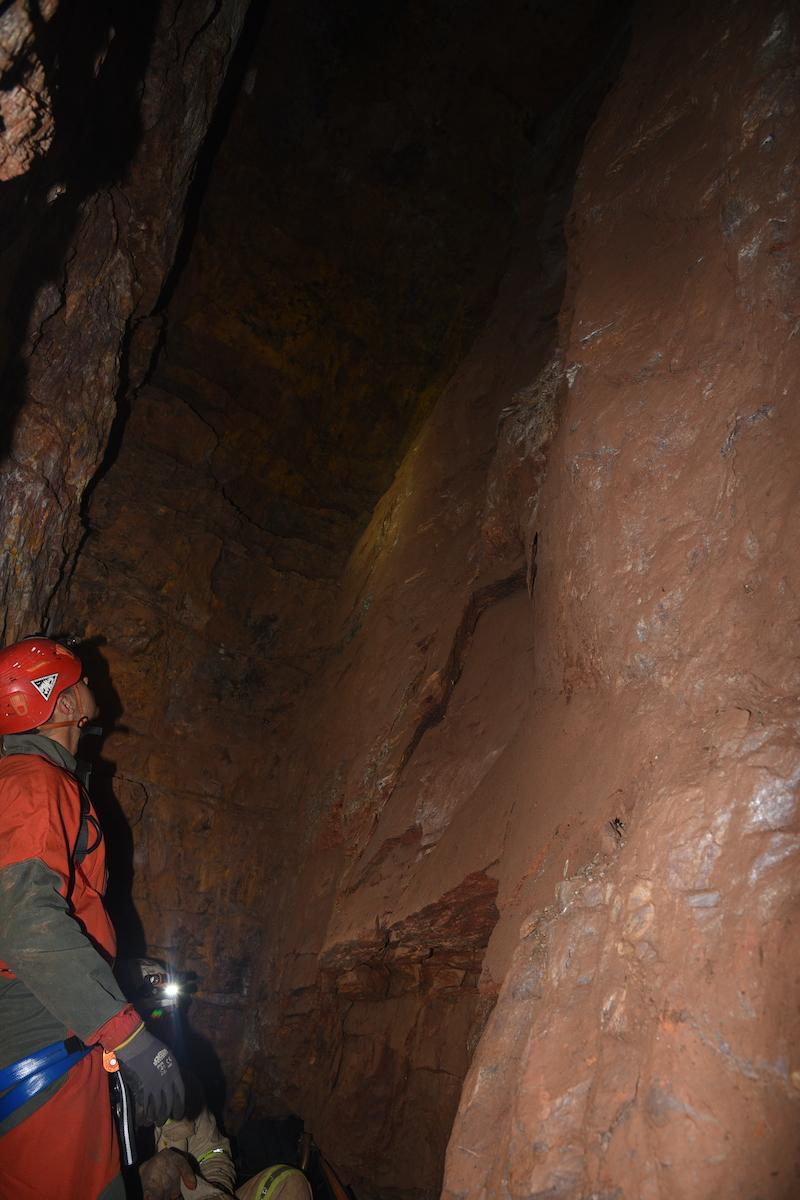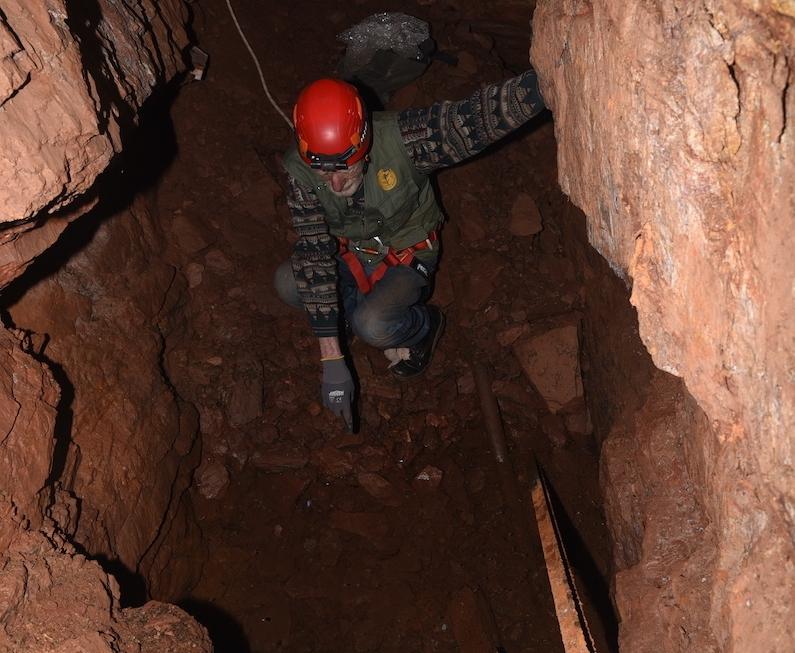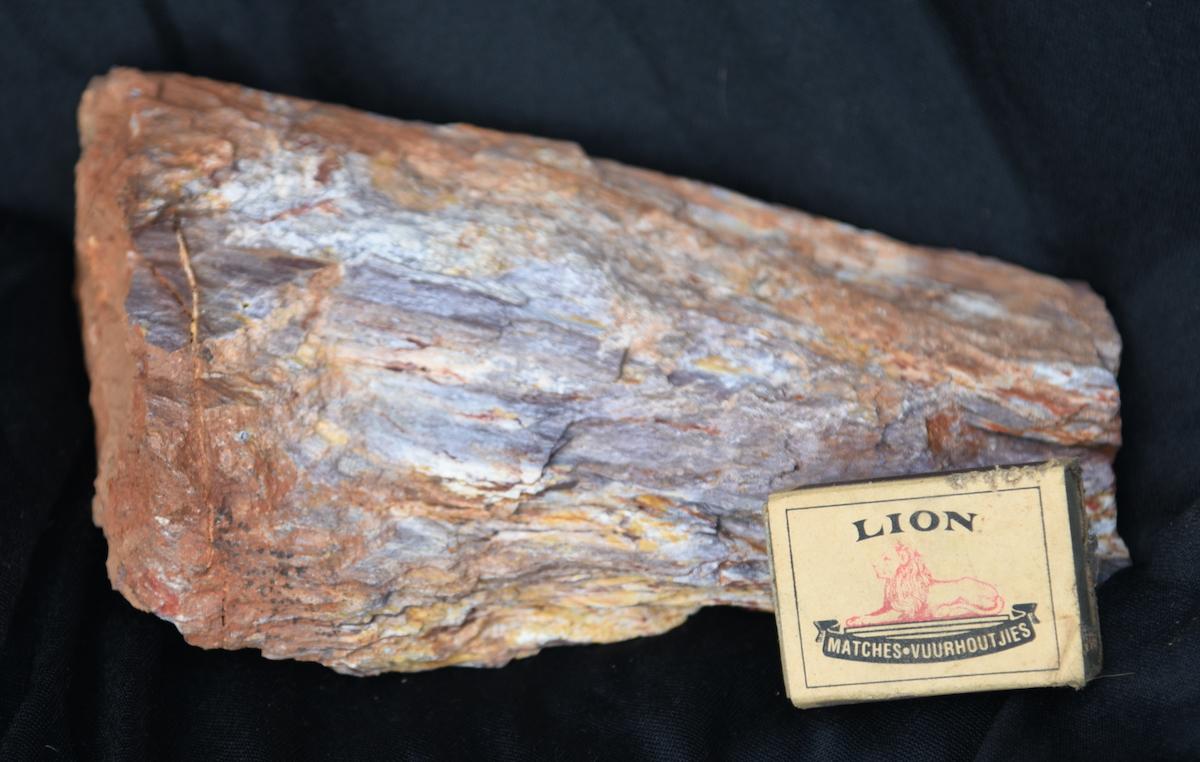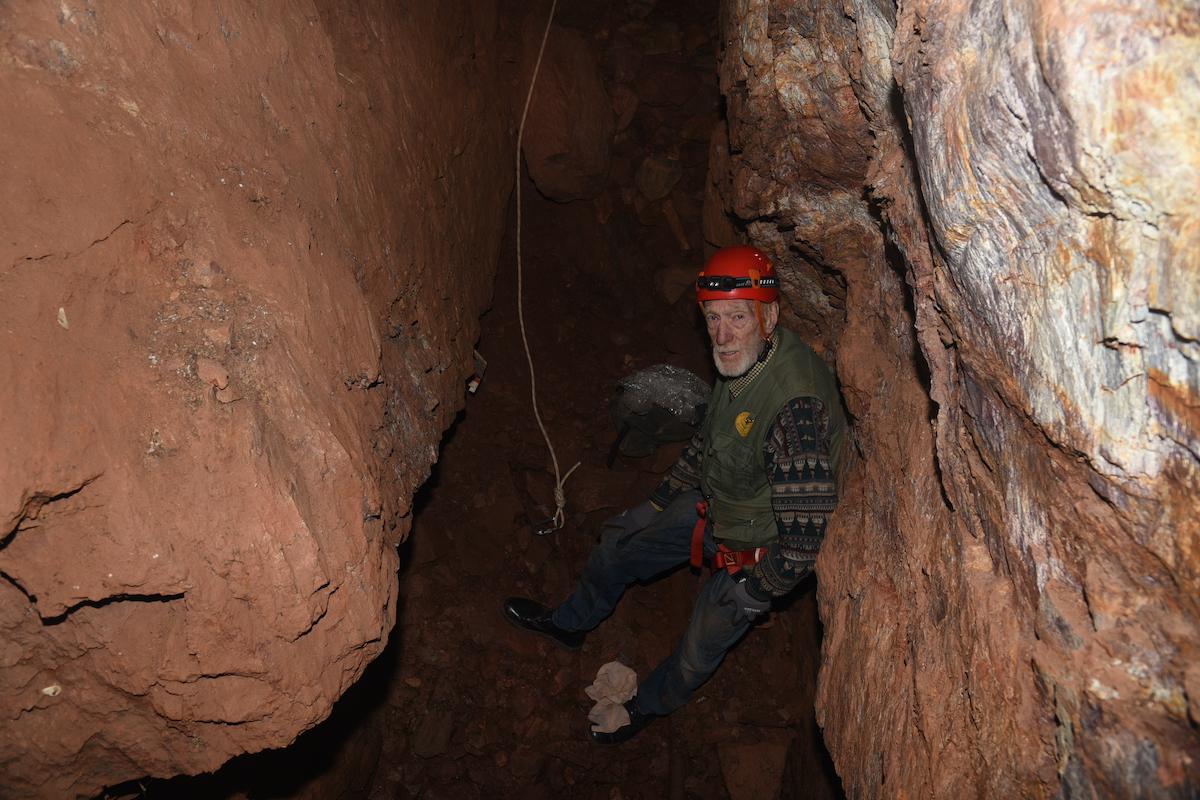
Disclaimer: Any views expressed by individuals and organisations are their own and do not in any way represent the views of The Heritage Portal. If you find any mistakes or historical inaccuracies, please contact the editor.
While exploring the Witwatersrand in 1884, Fred Struben discovered what he considered was a payable series of gold bearing reefs. The first promising area was north of Krugersdorp, near the present Sterkfontein Hospital. Mining was begun in co-operation with his brother Harry, and with two partners they formed the Sterkfontein Junction Mining Syndicate.
However, the gold, plentiful on and near the surface, pinched out at about 15 meters. The mine was abandoned.
Searching further to the East, Fred again found a good deposit on Wilgespruit, a farm then owned by Louw Geldenhuys.
Mining began on a koppie on the South East side of the farm. In his diary, Fred Struben wrote that he was finding a grain of gold for every grain of sand. His big brother, Harry, ever the poet and businessman, named it the Confidence Reef Mine.
Fred and Harry Struben at the Confidence Reef Mine (HF Gros)
Mining continued by the Strubens and a couple of hardy Zulus until 1888, when the Strubens let the mine out (possibly to a French Nobleman named Count Jacques De Waru.) and retired to Cape town.
Sporadic mining continued at the Confidence Reef, mostly by a man from Roodepoort, George Brown. Brown also began mining further south and maps as recent as 1955 show his Browns Mine near Horizon, Roodepoort.
A photograph of the entrance to the mine appeared in the 1925 Rand Daily Mail newspaper. It showed the Rand Daily Mail Editor, Hunter Mc Lea, guided to the mine by Godfray Lys, who had helped his uncles with their mining, and now came to show the newspaper editor where the mine was located.
This photo shows only one entrance to the mine. Photos taken later, show two. The oddly shaped entrance is mostly attributed to Brown, but many miners working on the big Main Reef mines came to do a bit of illegal mining on weekends etc.
During 1966, the author, Rod Kruger and his friend Douglas Sinclair, being of an adventurous frame of mind, explored all these old shafts and drives underground.
Today the mines are located in Kloofendal, the Afrikaans equivalent of Cliff and Dale, Harry’s name for the portion of Wilgespruit which he bought.
They are fenced and gated off and the public only has limited entrance on conducted tours.
The author taking a tourist into the mine
In 2023 massive floods caused a large landslide in the mine adit just in front of the two mine entrances. Eighty eight tons of mostly soft Iron slate were removed from the mine by Friends of Kloofendal’s Dr. Steve Spottiswood and hired labour.
I began offering tours to the mines in 2009. It worried me very much as to what the condition of the mines were underground after the floods, and that no modern survey had ever been carried out on them.
Earlier this year, I spoke to the Speleological exploration club of Witwatersrand, whose members came and did a quick visual survey to check the condition of the two mines. They were satisfied that conditions were safe enough to carry out a survey.
On Saturday 28 July Teaghan Stoop, Dirk Van Rooyen, Steven Tucker and I descended into the two Confidence reef mines, plus several other shafts within the enclosed area. A detailed survey was undertaken using measuring instruments for cave survey. This gave me the opportunity to photograph the mines in detail.
Confidence Reef Mine from below
The “newer” western mine proved to be quite small, with an entrance gallery easily accessed by tourists, and a vertical shaft of about 7 meters depth, gated off. At the bottom of this shaft, about 2 meters square, was debris consisting of old logs, tins and rubbish, and a very old 10 litre paint tin with had many pick axe holes and was used as a charcoal brazier for heat, probably by the original miners.
Rubble and water at the bottom of the mine
The mine tunnelled off eastwards for about two meters and dipped about one meter. There were a lot of stone chips from manual digging into soft iron mud and a schist of a pearl grey and blue appearance. This schist also was largely present in the walls of the tunnel.
Schist from the bottom of the new mine
The original Struben Confidence Reef mine was relatively easy to access but gated off at surface. A steep incline shaft with a twist in it near the bottom gave way to a large shelf and what should have been the entrance to the drive or tunnel. Alas, during the big storm three years ago, a large mass of rock, mostly iron shale and water had poured down the shaft between the bars of the gate. Indeed, if not for the gate the shaft would have been plugged solid.
The top of the tunnel just showed above the rock and it was flooded to the top. If this water is still there three years later, then the mine must be very impermeable.
Sadly, no access could be made into the tunnel that my friend and I explored back in 1966. As I remember, the tunnel was about 60 meters long, big enough to stand upright, with an obstruction in the middle of either old backfill, or a small collapse. At the end of this drive was a square area like a small room, cut higher and wider than the tunnel. It had an old corrugated iron ceiling, most probably to prevent rock collapse but with no wood supports, unless these had rotted away.
The whole appearance of the mine suggested that Fred Struben was right when in his diary he wrote: “I was following a pipe, lost it and could not find it again.“
Of the other shafts and tunnels in the fenced area, nothing exciting was found, all leading to dead ends and only one reaching a depth of twelve meters. All were surveyed and I hope to have the survey maps soon.
Acknowledgements
- Edited by Madeleine Kruger BA HDLS
- Survey conducted by members of the Speleological Society of South Africa.
Rod Kruger was born in Johannesburg in 1950 and educated at Florida Park High School and Germiston Technical College. His diverse career has taken him from working as a senior hydraulics technician for SAA and a research hydraulics technician for the Chamber of Mines, to piloting ambulance aircraft for the Methodist Church of South Africa. Later, he retrained at the University of Johannesburg as a television cameraman and editor. Throughout his life, Rod has maintained a passion for photography and enjoys ballroom dancing as a hobby.
Rod's fascination with the Struben Confidence Reef mine began in 1966, when he and a friend explored and photographed the old workings. This early interest was rekindled in 2009 when Friends of Kloofendal relocated the Struben Stamp Mill from Florida to the Kloofendal Amphitheatre and asked Rod to create a documentary video. The project reignited his curiosity about the mine and sparked a deeper exploration into the history of gold on the Witwatersrand. Today, Rod serves as both a tour guide and a leading historian on the discovery of gold in the region.
Comments will load below. If for any reason none appear click here for some troubleshooting tips. If you would like to post a comment and need instructions click here.

